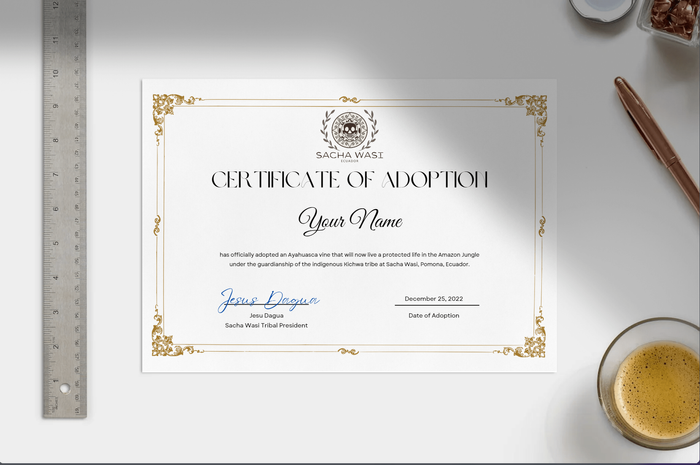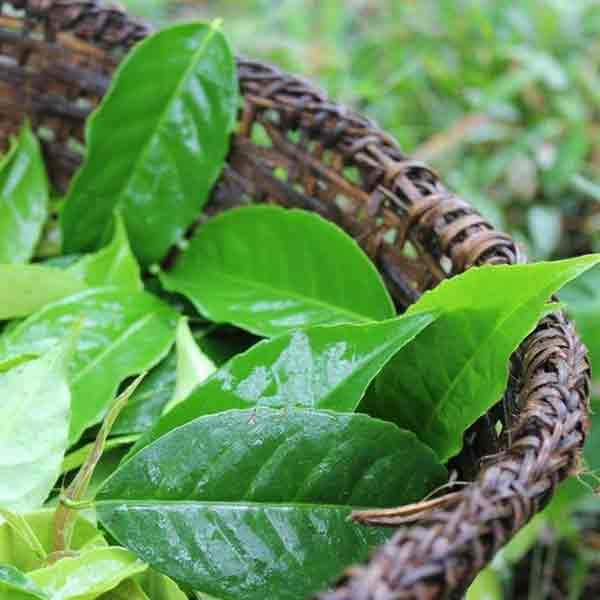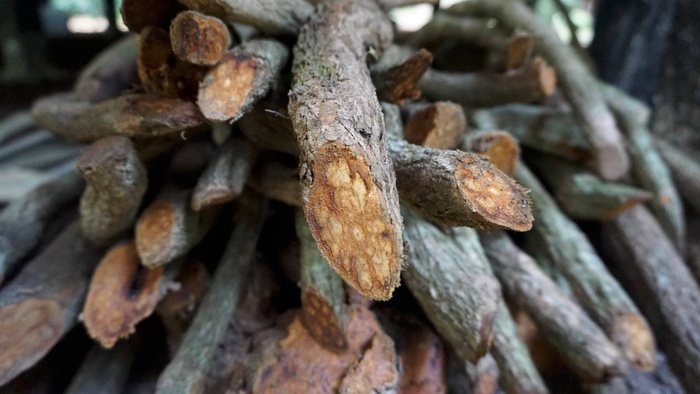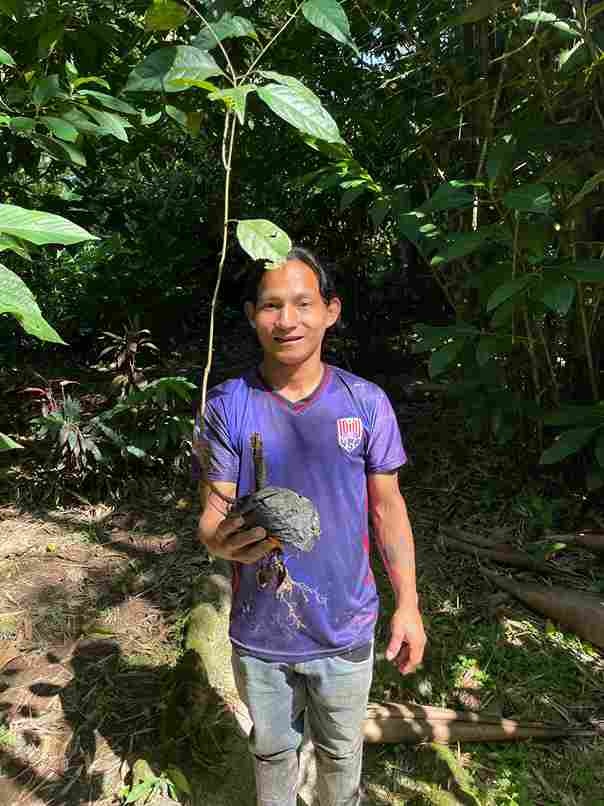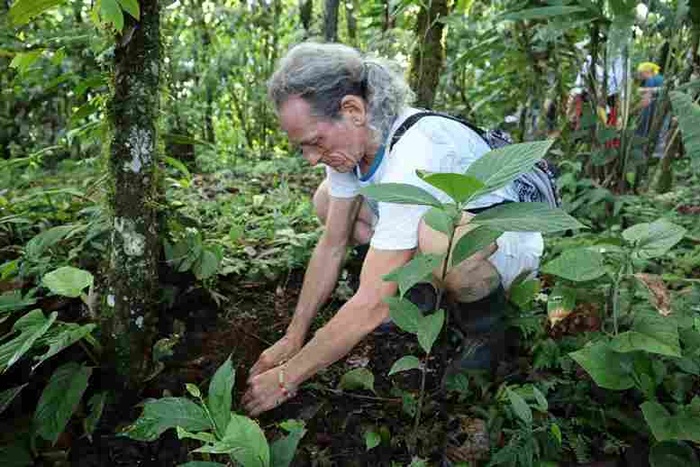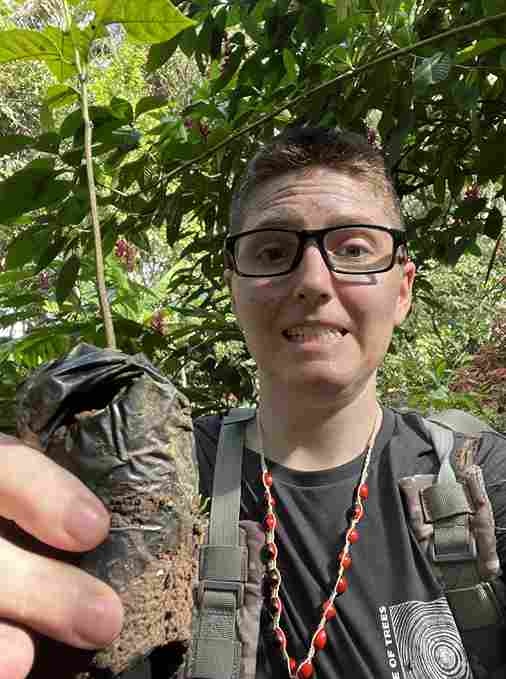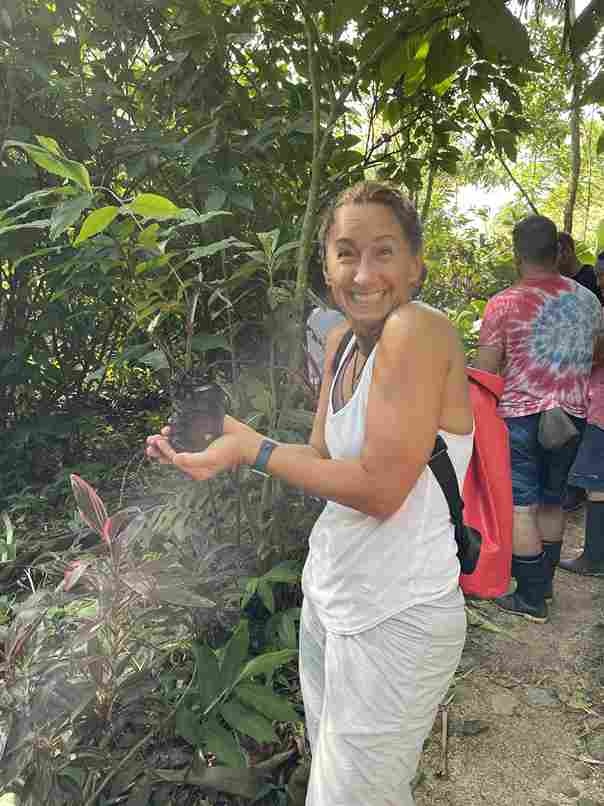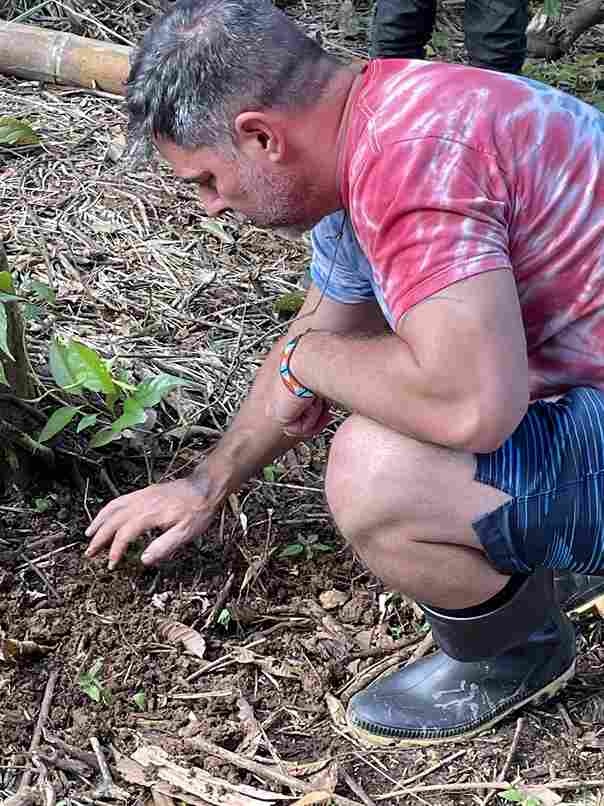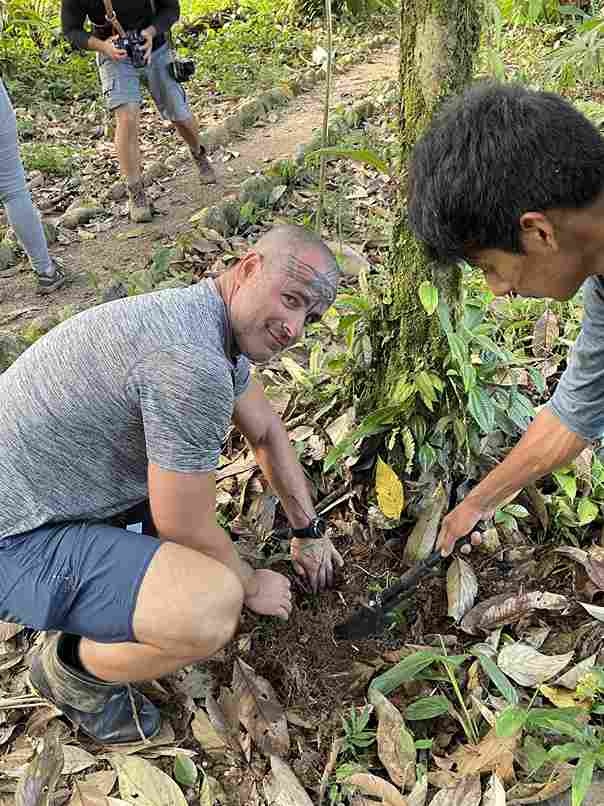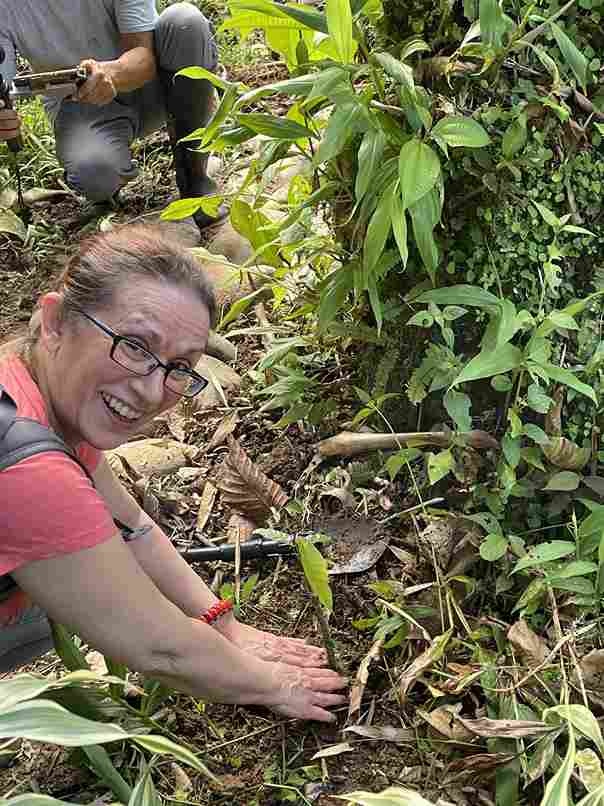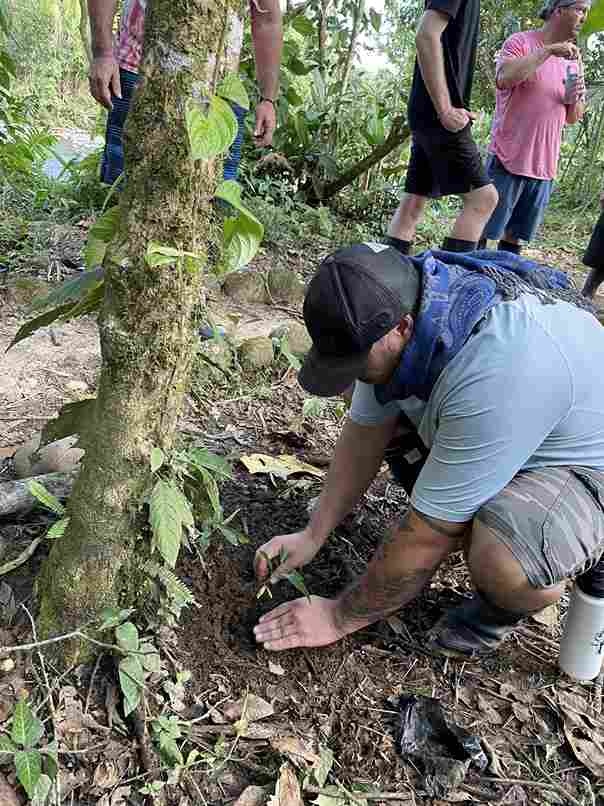
Adopt-A-Vine
$699.18
Raised
20
Donations
$10,000
Goal
Adopt-a-Vine
Adopt-a-Vine for yourself or as a gift! You or a recipient of your choice will receive a digital certificate of adoption via email, along with the satisfaction of knowing you’re helping the sacred vines in the Amazon thrive.
The entirety of your contribution to this effort will help the indigenous people of Sachi Wasi continue to care for and propagate the sacred plants of the Amazon. We will personally label your newly adopted vine, so you or your honoree will know that your contribution played an important role in preserving the sacred plant medicine in a time when we need it the most. We hope that you will choose to visit your adopted vine(s) for yourself on your next visit to Sacha Wasi and share a photo with friends and family in recognition of your gift.
Adopt-a-Vine
Your $20 (per vine) contribution will ensure your newly adopted vegetative cutting of an Ayahuasca vine (with root ball) will be planted in your name or your honoree.
Adoption kit includes
- One Vegetative Cutting of Ayahuasca in root-ball
- Digital certificate of adoption
- Vine labeled with your name or your honoree
If you would like your gift recipient notified of this adoption, please include their email address in the recipient information section.
If the over-harvesting of Ayahuasca continues at current rates, this sacred plant won’t be available in the near future.
Why Now Is the Perfect Time to Adopt-a-Vine
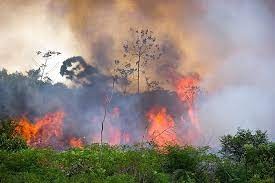
Global demand for ayahuasca has dramatically increased in the last decade. As deforestation, fires, cattle ranching, and extractive industries such as mining and logging threaten the biodiversity of the Amazon, one might think that the ayahuasca vine would also be threatened. Reports from harvesters indicate that wild growing ayahuasca is more and more difficult to find, especially in regions where ayahuasca tourism is prevalent, such as Iquitos and Pucallpa, Peru.
Will the ever-growing global demand for ayahuasca threaten the sustainability of this plant?
We cannot simply harvest and harvest vines with the illusion that it is an endless resource
The signs that wild ayahuasca is being overexploited for the global market are evident. Wild ayahuasca is being depleted and many are worried that soon there will be a shortage.
It's very difficult to find thick ayahuasca anymore and in a couple of years there won’t be anymore.
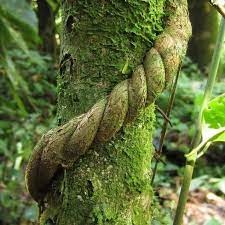
There has never been more ayahuasca for sale than now, which has a disturbing consequence: overexploitation.
It is not the first time that the systematic extraction of a natural resource to supply for the global market takes place in the Amazon. These so-called bonanzas began right after the arrival of Europeans in the sixteenth century and were intensified in the nineteenth century when steam engines allowed boats to easily reach the entire Amazon basin. Thus cinchona tree and sarsaparilla were decimated for their medicinal properties, turtles and manatees for their meat and fat, jaguars and alligators for their skins, cedars and mahogany for wood. Will this also be the fate of Banisteriopsis caapi?
Peru is regarded as the global epicenter of ayahuasca growth and export, as well as ayahuasca retreats. Nearly five million people visited Peru in 2018, and while it’s difficult to estimate how many of those attended ayahuasca ceremonies, the number is likely in the tens of thousands annually.
Retreat centers and ayahuasca churches across the globe drive up the demand for banisteriopsis caapi. The vine is sometimes exported in a dried form or as a dehydrated resin. It has even become popular for microdosing, that is, taking sub-perceptual amounts on a regular basis. Anecdotal reports indicate that microdosing ayahuasca may help some people with depression.
Ecologically speaking, the vine requires five years to reach a maturity at which it can be harvested and used to make ayahuasca. In some areas, the vine is harvested in such great quantities that it is no longer likely to be found growing wild.
Although wild ayahuasca is far more scarce and hard to access in Peru, it is not currently considered endangered. Outside of Peru, in places such as Ecuador, Colombia, and Costa Rica that offer ayahuasca retreats, the demand for the vine is not producing a shortage.
If proper steps toward sustainability are taken, the Amazon will not run out of ayahuasca vine.
Please help us Preserve Sacred Plant Medicine!
Adopt-a-Vine Now!


